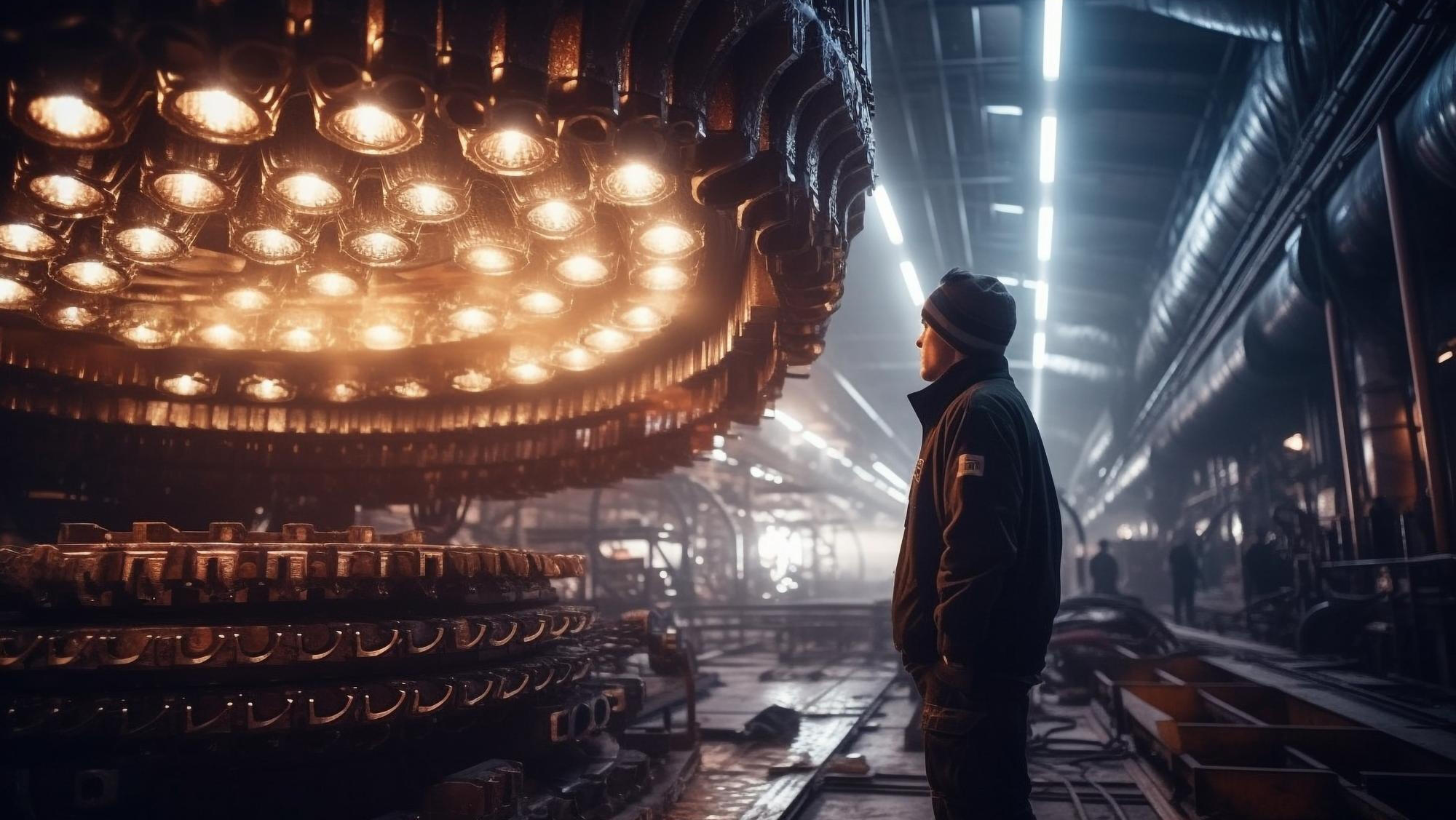The world’s biggest miner BHP has paid out its lowest half-year dividend in eight years and underlying profit dropped 23% as China’s drop in steelmaking saw a slump in reslised iron ore and metallurgical coal prices.
BHP’s (ASX : BHP) H125 revenue was down 8% to US$25.1 billion, while profits dropped to a lower-than-expected US$5.08 billion, down 23% year-on-year and below market expectations of $US5.38 billion.
Shareholders were paid an interim dividend of 50 US cents per share at a 50% payout ratio, a 30% drop since the same period last year and the lowest in eight years.
WAIO shipped record half-year tonnes through the port, enabled by supply chain improvements following the completion of major debottlenecking at the port, while steelmaking coal tonnes from the BMA operations were up 14%.
For FY25, the group's net debt balance is expected to increase to around the top end of the net debt target range of US$5-US$15 billion following completion of the Vicuña transaction and US$617 million payment of its H2 Samarco settlement obligations.
Steelmaking drops profit
Results were reflective of weakened Chinese steelmaking during H1 which led to lower port prices for iron ore (22% less per tonne YoY) and metallurgical coal (23% less per tonne YoY), yet stimulus measures by the Middle Kingdom may bounce prices in the short term.
“China’s economic challenges continue to hang over the iron ore & steel market. Recent policy measures should support the sector in the short term, but structural issues will eventually weigh on demand,” ANZ said in a research note.
“A trade war presents the biggest challenge to the market. A loss of export driven demand in China could hurt iron ore demand.”
Guidance
New changes to BHP's outlook are that the impact of cyclone Zelia means that Western Australian Iron Ore (WAIO) production is no longer expected to be in the upper half of the 282-294mtpa range, yet still within guidance; while the Prominent Hill shaft sinking has been delayed from FY26 to H2 FY27, with capex up by $250m for an extended mine life of four years.
BHP boss Mike Henry remained upbeat on production, with copper especially likely to ramp up after its South American acquisitions.
“Our flagship copper, iron ore and steelmaking coal assets delivered particularly strong production in the period. Copper volumes rose 10%, with Escondida achieving a 10-year production record, more than offsetting the impact of a weather-related power outage at Copper SA," Henry said.
“We made further progress on our growth pathways in future facing commodities. In January, we completed the formation of Vicuña Corp. with Lundin Mining to advance the Filo del Sol and Josemaria projects in Argentina, which we consider to be one of the most significant global copper discoveries in decades.
“In Canada, our Jansen Stage 1 potash project is now 63% complete, with first production scheduled for late 2026, and we continue to execute Stage 2 in parallel.”
BHP's stock price was $40.80, with a market cap of approximately $207.02 billion.



